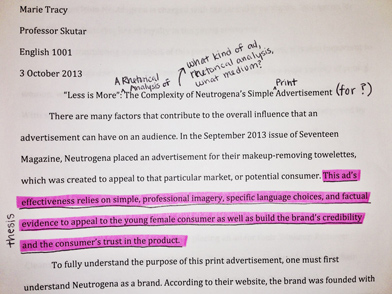Some quick and easy essay proofreading tips
Even the best of essays will lose marks if they are badly proofread, and it’s demoralising to get an academically sound essay back full basic corrections. Follow these five tips to make sure you get the best out of your essays.
Plan Ahead
As discussed in previous blogs, preparation is key, whatever it is you’re doing. If you plan your time correctly, you should be in a position where you complete your essays ahead of their deadlines. If you do this, you can go away and come back to them later, at which point spotting errors will be easier.
 Produce a Hardcopy
Produce a Hardcopy
Press print. Once you’ve finished your first draft, print a copy of your essay out. It will appear differently on paper than it does on screen, and with a pen in your hand go through each sentence, line by line. If you come across a sentence you’re not sure about, try reading it out loud. If you’re still not sure, skip over it and come back to it later, but highlight this accordingly so you don’t forget.
Know What to Look for
As well as looking for spelling, punctuation and grammatical mistakes, you’re also ensuring the essay is formal in tone and that the argument flows. As per previous blog entries, there should be an introduction, definitions should be explained and, if appropriate, a context should be provided. The main arguments of the essay should relate to each other, using headings as appropriate, and a conclusion, list of references and a bibliography should also be included. As well as considering what’s there, also consider if there’s anything missing.
Proofread Again … and Again
If on your first read through you’ve only spotted minor errors, a second proofread may not be necessary. However, if you’ve made significant revisions, a further proofread will be required. When significant changes are made, such as moving paragraphs around, the flow will be interrupted, so it will be necessary to ensure the essay still flows logically from one paragraph to the next. Where possible, ask somebody else to proofread your essay once you’ve finished.
Proofreading for Others
If you have an electronic copy of someone else’s work to proofread, applications like Microsoft Word make it fairly easy to make suggestions without editing the text. Clicking on “Review’ and “Track Changes’ in versions of Word from 2007 onwards allows you to make suggestions, and the author can either accept or reject them. If running a check on the grammar in applications such as Microsoft Word, don’t be inclined to accept their suggestions without being certain first as these aren’t always correct. Alternatively, if proofreading a paper-copy, use an ink colour different to black so your corrections stand out.

